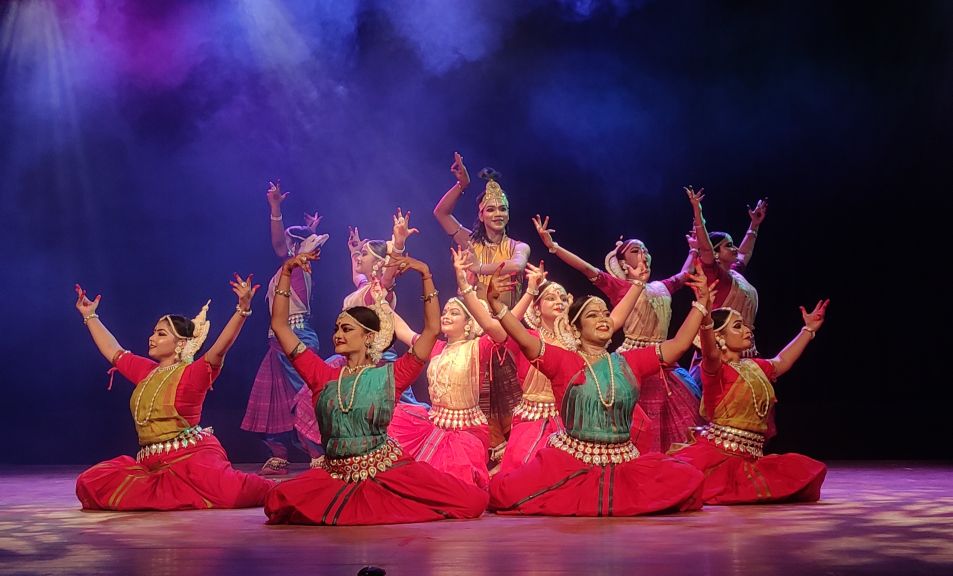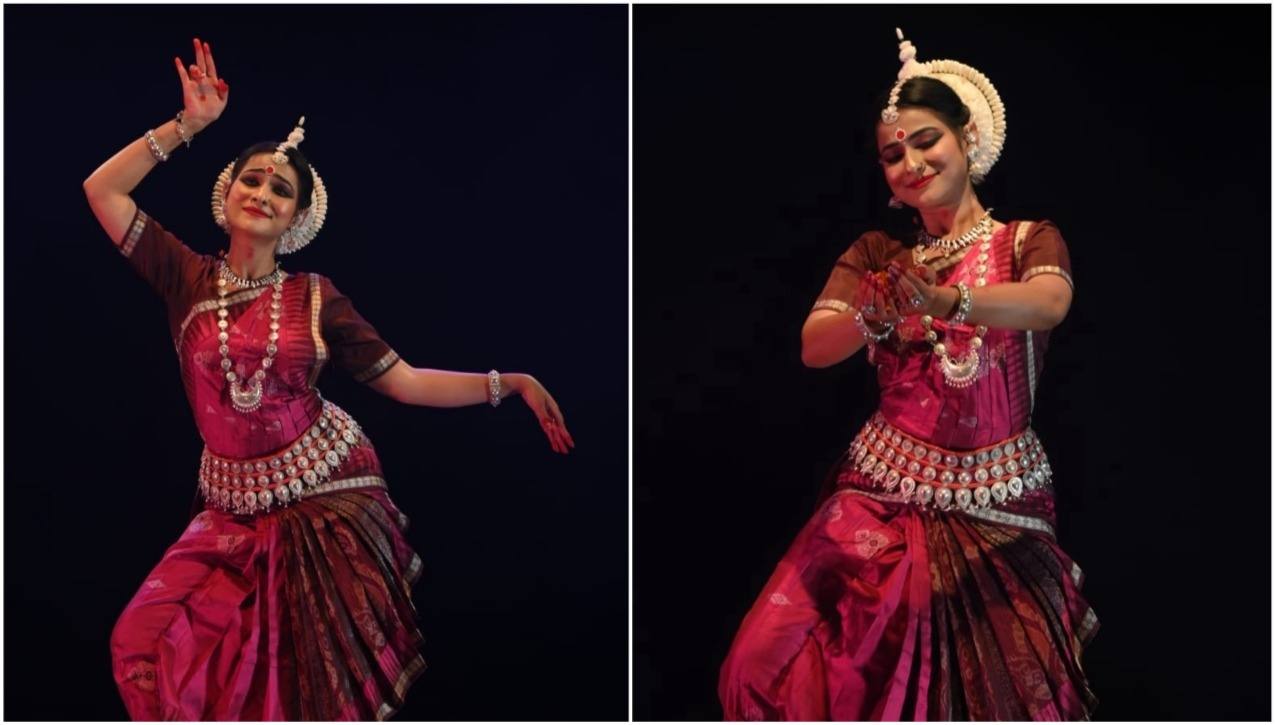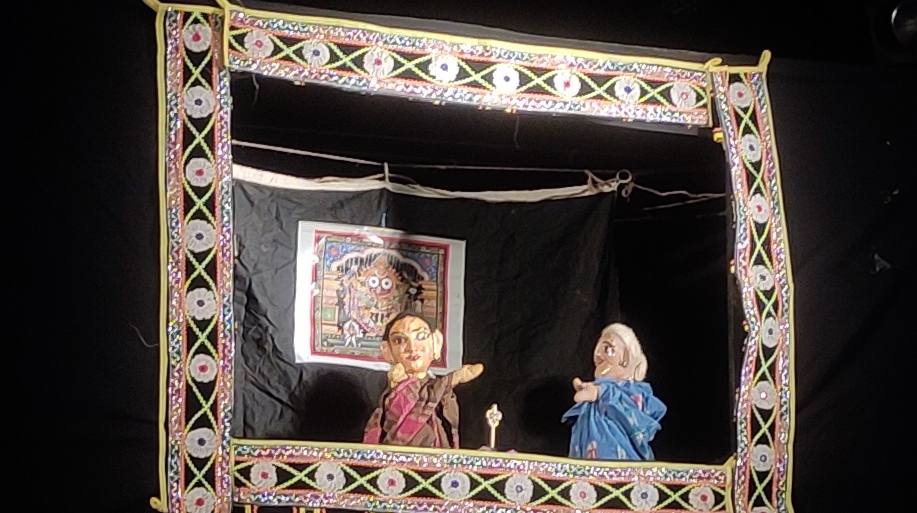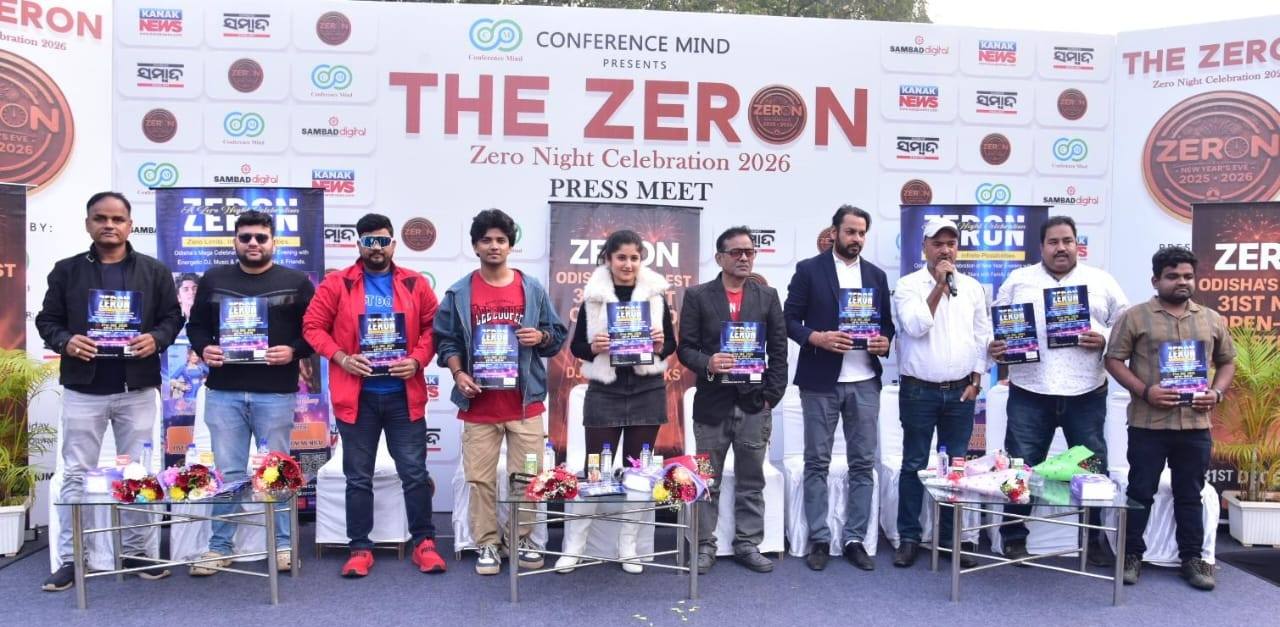Bhubaneswar: I have been attending Lasya Labanya Dance Festival organised by Biswanath Sangeetalay for the last five years. What I have noticed is it has been growing in stature and splendor.
And this year was no exception with the institution’s president Prafulla Kumar Ray, secretary Dr Dipti Routray and festival’s director Pradeep Kumar Ray fine tuning every detail to make it enjoyable.
The seventh edition of the festival was inaugurated at Utkal Rangamanch on the premises of Guru Kelucharan Mohapatra Odissi Research Centre in Bhubaneswar.
The inauguration was graced by former RDC and Chairman, CDA, Rotary International Governor 2026-27 Anil Kumar Samal, Deputy Director, Odia Language, Literature and Culture Department, Government of Odisha, Smt Suchismita Mantry, eminent Mardala player Guru Dhaneswar Swain and renowned Odissi dance Guru Ratikanta Mohapatra attended as guests and inaugurated the evening by lighting the auspicious lamp. Prafulla Kumar Ray and Dr Dipti Routray were also present on the dais.
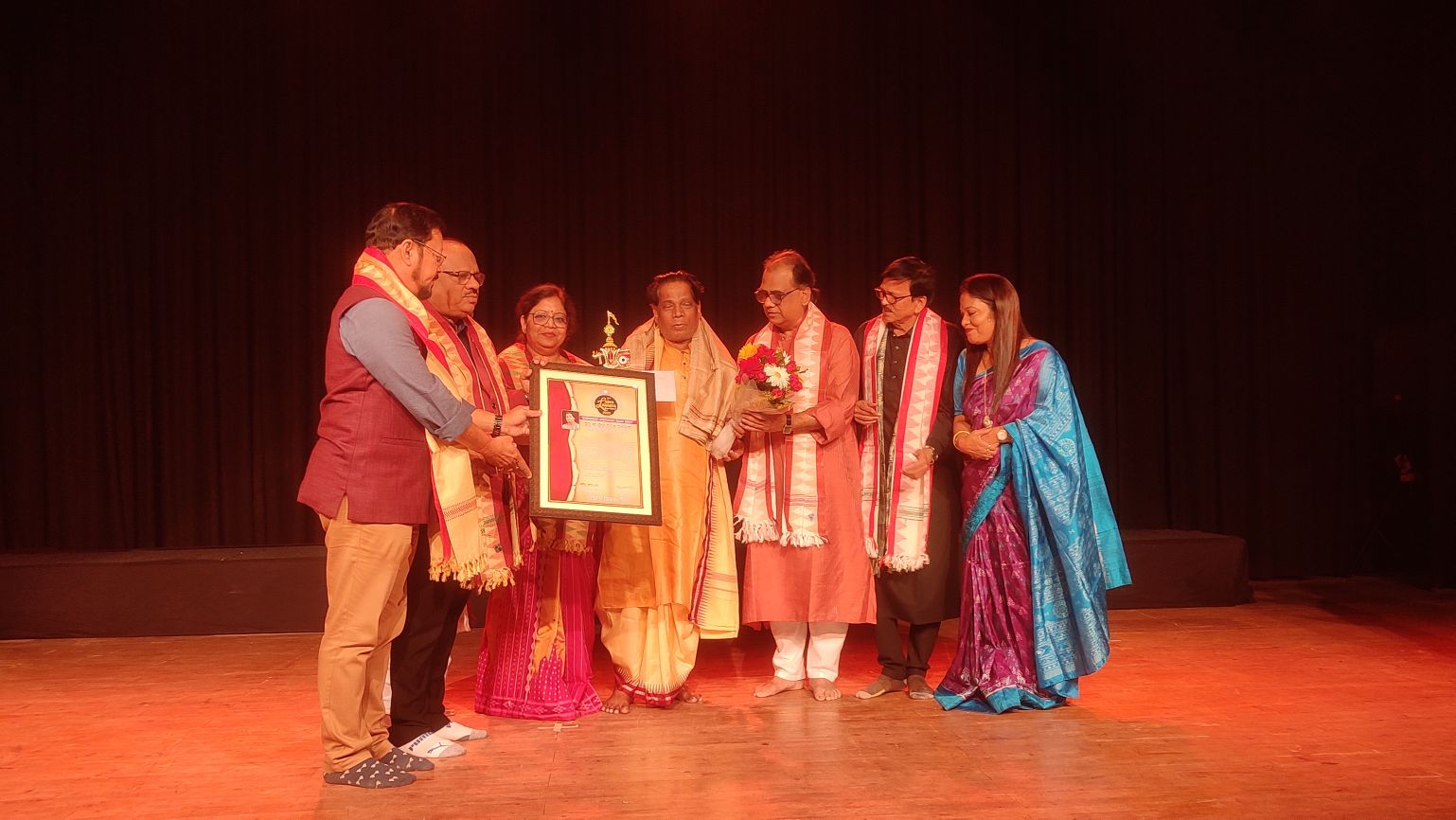
The evening then progressed to felicitation ceremony. Padma Shri recipient Odissi dance Guru Durga Charan Ranbir was awarded with Lasya Labanya Lifetime Achievement Award for his lifelong contribution to the world of Odissi dance.
The cultural evening then opened with a mesmerizing newly-choreographed dance drama ‘Gopika Geetam’, presented by a 15-member ensemble of Biswanath Sangeetalay. Here, it is depicted how Krishna humbles gopis’ pride by disappearing and reappears after their heartfelt pleas.
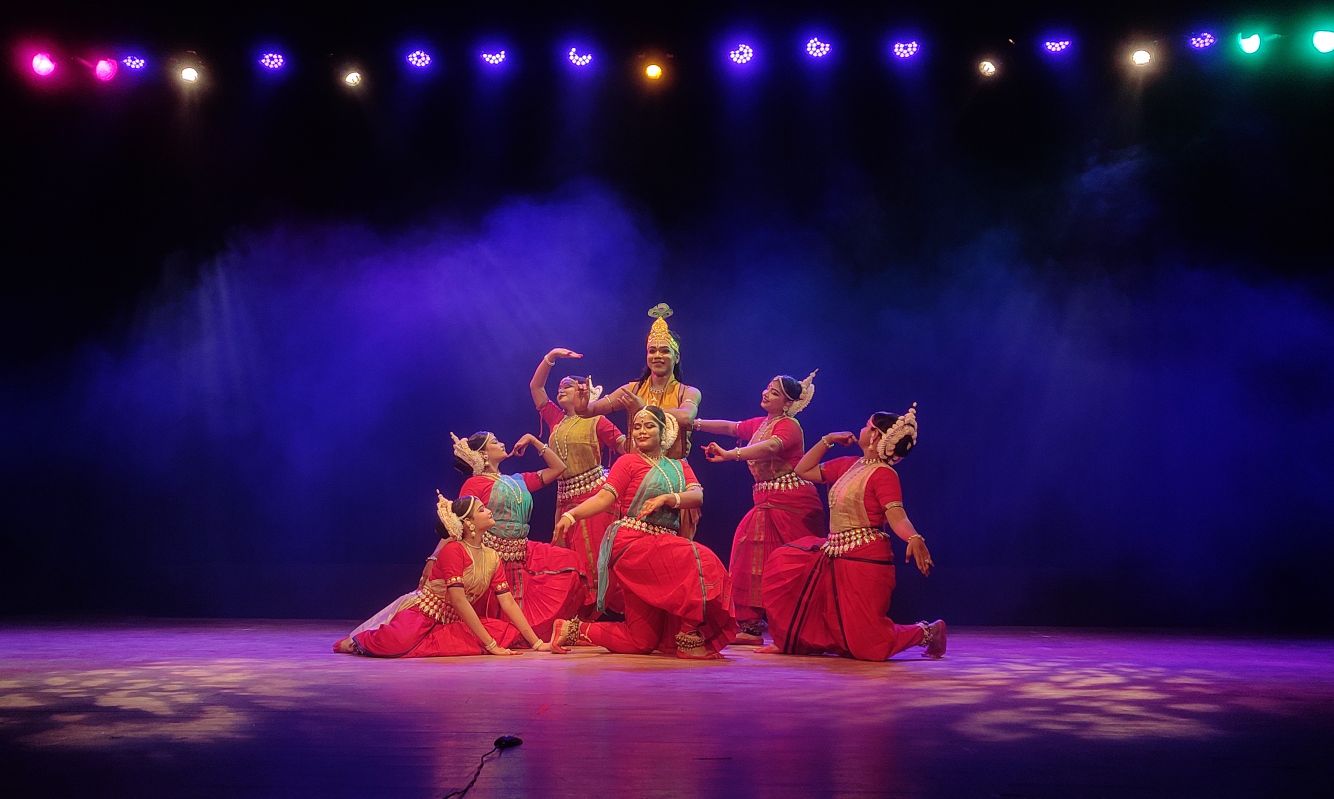
The item’s script was written by Pandit Nityananda Mishra, choreographed by Dr Dipti Routray, music composed by Pradeep Kumar Ray and rhythm by guru Dhaneswar Swain. While Rupak Kumar Parida and Bandita Ray rendered their voices, the instrumentalists were Guru Dhaneswar Swain (Mardala), Jawahar Mishra (Flute), Prakash Chandra Mohapatra (Sitar), Pradeep Kumar Ray (Violin), Bibhu Prasad Tripathy (Keyboard) and Ajay Chaudhury (Mrudanga).
And the dancers who left the art lovers captivated by doing justice to the choreography were Sheetal Swain, Akanksha Routray, Smita Maharana, Reenabala Lenka, Nayanika Ray, Soumyashriya Nayak, Bidyanashree Bhatt, Aditri Mishra, Sanvi Sinha, Sushree Swagatika, Priyadarshini Panigrahi, Pragnya Paromita Das, Ankit Shah and Rakesh Das.
Next in line was a duet Odissi dance by Vidisha Basumallik and Rohini Samal, both are disciples of Guru Durga Charan Ranbir. While both the dancers are graded artistes of Doordarshan and holders of senior scholarships, Vidisha is doing her Master in Sociology at KIIT and Rohini is pursuing her Master in Micro Biology at OUAT.
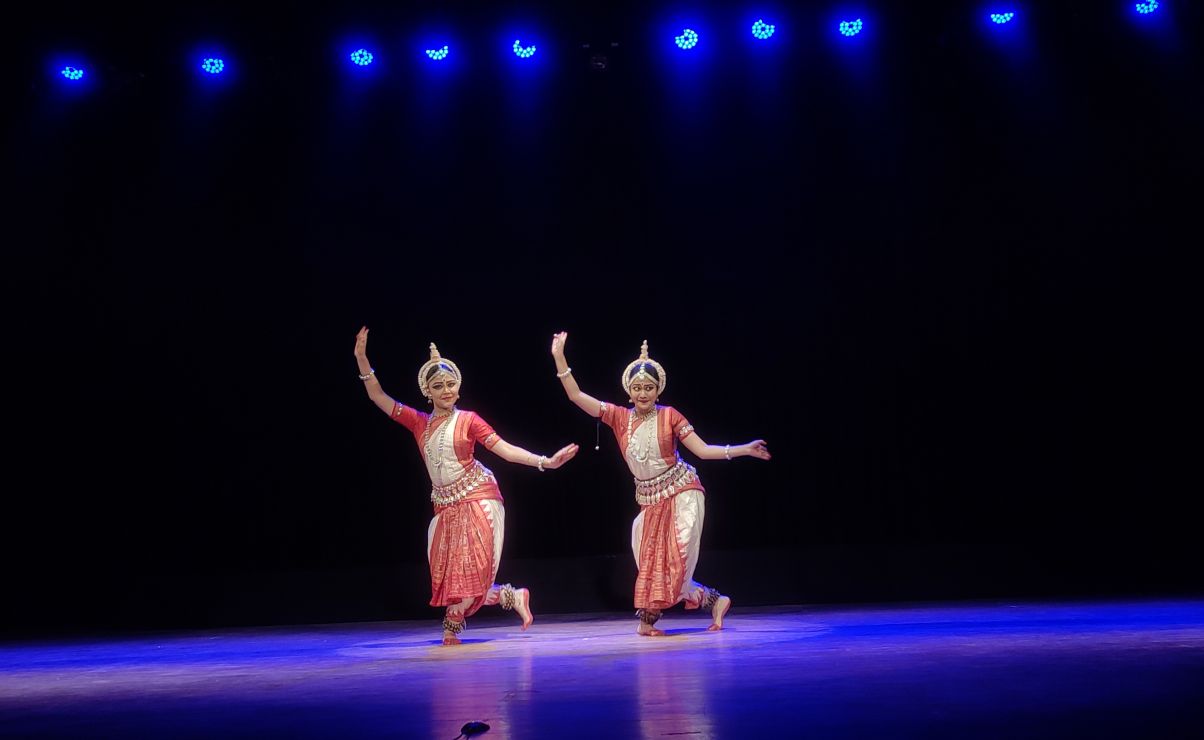
They presented ‘Govinda Damodar Stokam’, choreographed by Guru Durga Charan Ranbir, music by Guru Guru Gopal Chandra Panda and rhythm by Guru Dhaneswar Swain. ‘Govinda Damodar Stokam’ is a sacred chant or mantra composed of three names of Lord Krishna, which are often sung with deep devotion, particularly in the Bhagavata traditions. These names evoke remembrance of his divine and enchanting aspects.
Both the dancers enacted the playful and loving pastimes (leelas) of Krishna in Vrindavan with remarkable precision, leaving the connoisseurs wanting for more.
The evening concluded with a high note as three talented dancers-Suraj Kumar, Anchal Sharma and Astha Gupta, all are disciples of Shri Vishavdeep Sharma, the founder of Kala Chaitanya Society of Indian Music, Art and Culture, New Delhi.
They began their recital with ‘Damru Har Kar Baaje’, invoking the divine energy of Lord Shiva, choreographed by Guru Shri Vishavdeep Sharma, music composed by Sushmita Ghosh followed by Teentaal of sixteen beats (matras) divided into four equal sections (vibhags), with all its technical intricacies like tatkaar, tihai, paran, tukda etc.
Next, Aanchal Sharma and Aastha Gupta presented a crisp ‘Thumri’ ‘Aso Hathilo Chel Mad Rokat Girdhari Banwari’, showing their ‘abhinaya’ skills.
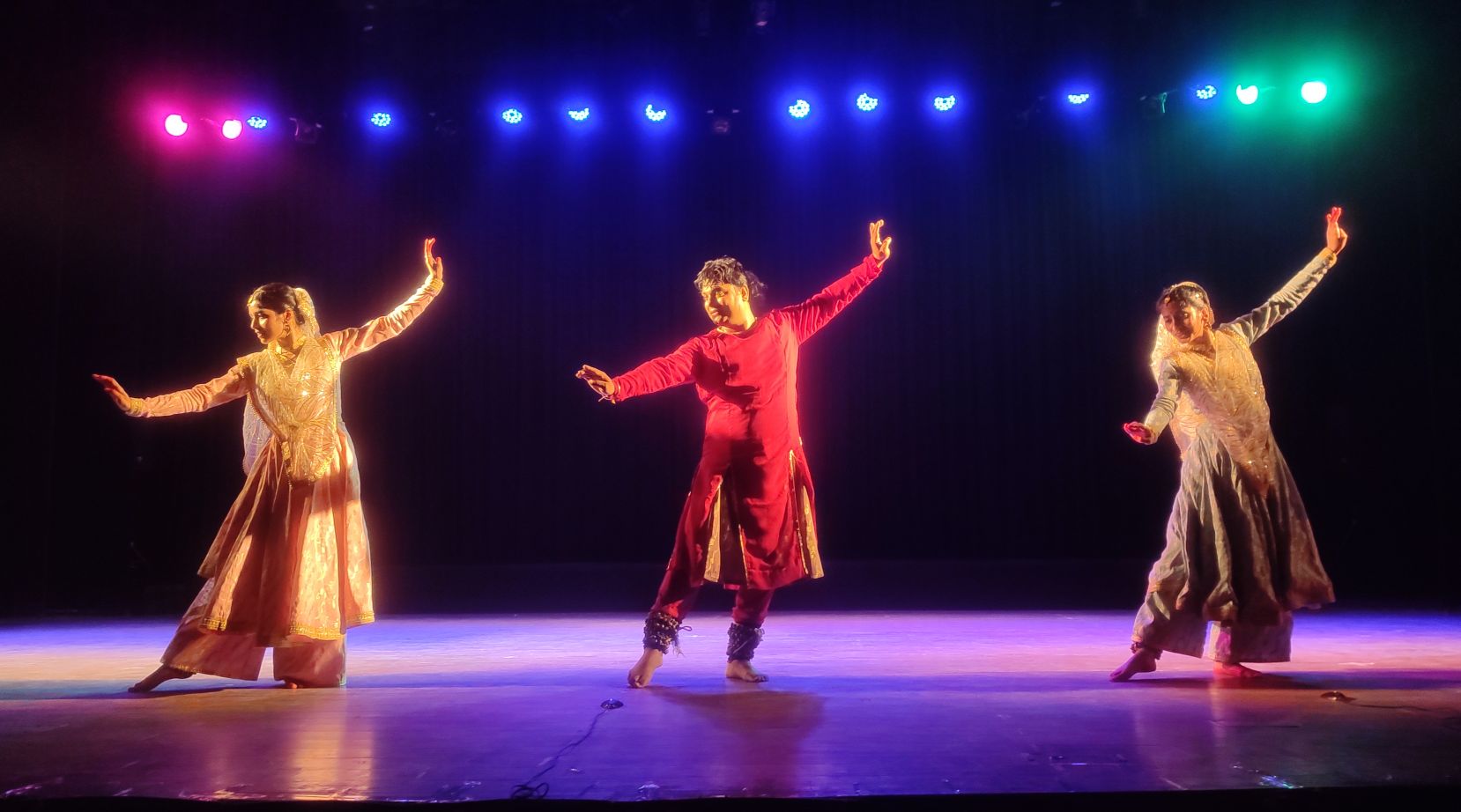
The trio concluded with ‘Chaturang – Chum Chananana Bajat Paijaniya’.The term Chaturang means ‘four colors’, representing the four essential aspects of Indian classical music — Sargam (musical notes), Tarana (rhythmic syllables), Bol (poetic verses), and Tihai or Padhant (rhythmic patterns).
In Kathak, Chaturang is a splendid union of nritta — the pure dance, and abhinaya — the expressive art of storytelling.The artistes were excellent in portraying the divine dance of Krishna.
Their spellbinding presentations, marked by delicate abhinaya, rhythmic grace, intricate footwork, graceful spins and expressive storytelling, brought the audience to its feet.
The anchor of the evening was Bijay Malla, who is also a noted Odia litterateur and film lyricist.

